club foot images 49,569 club foot stock photos, vectors, and illustrations are available royaltyfree See club foot stock video clips of 496 child feet injury club feet baby birth defects use shoes club foot treatment children feet deformation woman foot treadmill clubfoot feet fitness intensive care Try these curated collectionsClubfoot is a birth defect where one or both feet are rotated inward and downward The affected foot and leg may be smaller than the other Approximately 50% of cases of clubfoot affect both feet Most of the time, it is not associated with other problems Without treatment, the foot remains deformed, and people walk on the sides of their feet This may lead to pain and difficulty walkingAny club foot that has been around a while will have a sensitive, unused, underdeveloped frog/digital cushion You can fix everything else and still have the back of the foot too sensitive for the horse to land on, which will cause the shortened stride and resulting club foot on its own – another vicious cycle

Clubfoot Boston Children S Hospital
Mild club foot images
Mild club foot images- Although the treatment of a mild congenital club foot may be easy, the complete and permanent correction of a severe and rigid club foot is often difficult In this study, we have been concerned with the severe cases only The early months of life offer a golden opportunity for the correction of club feet since the skeleton, which is to a greatClubfoot Files Our Harper was born with unilateral clubfoot We found out when I was 25 weeks pregnant, and it was a very scary diagnosis Mostly, we were afraid of the unknown Most of the baby books don't talk about this, and when you are new parents, things like being able to wear footed pjs and real baths seem very important




Clubfoot
This board will feature pins about any and all about clubfoot See more ideas about club foot, club foot baby, expecting baby This term – clubfoot – is a reference to the fact that the foot is situated with a sharp direction to the ankle – reminiscent of the head of a golfing club This is a fairly common defect at birth and is normally a secluded condition of a newborn who is otherwise healthy The deformity can be severe, or very mild, affecting both or only Detecting Club Feet in Foals He has reservations, however, about the ability of mature horses with even mild club foot to perform well,
Looking for best information about anti varus, club foot, CTEV, talipes equinovarus causes, symptoms, complications, treatment, surgery pictures and recovery 90 (212) 671 21 info@etkinmedikalcom Treatment Clubfoot refers to a condition in which a newborn's foot or feet appear to be rotated internally at the ankle The foot points down and inwards, and the soles of the feetPediatric foot deformities encompass a range of conditions affecting the bones, tendons, and muscles of the foot Clubfoot, a prevalent and significant pediatric foot deformity, is discussed in its own chapter Here, a brief review is presented of some of the other more commonly seen conditions metatarsus adductus, tarsal coalitions, accessory
The term "club foot" actually refers to a congenital defect of the foot and according to The Free Dictionary, the medical definition is "a condition in which one or both feet are twisted into an abnormal position at birthTrue clubfoot is characterized by abnormal bone formation in the foot" However, if a mild club foot has been there throughout a horse's adult life, and he is sound, comfortable and able to perform the work asked of him, then it might be better to not try to change it "We need to get away from the idea that the feet should match perfectlyor trying to force them to match or have the ideal angle," says BurnsPhotos of children born with clubfeet The foot has a typical appearance of pointing downwards and twisted inwards
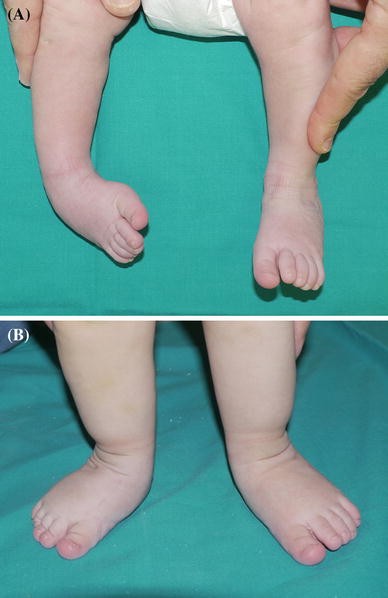



Congenital Idiopathic Talipes Equinovarus Before And After Walking Age Observations And Strategy Of Treatment From A Series Of Cases Journal Of Orthopaedics And Traumatology Full Text
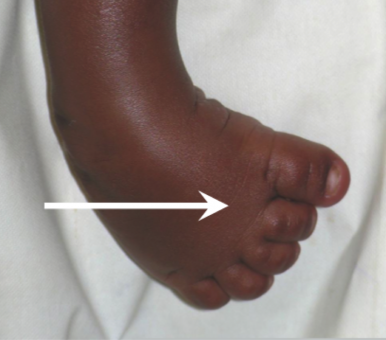



Assessing Children With Clubfoot Physiopedia
Sometimes, a mild congenital club foot is exacerbated later in life by long toes, infrequent shoeing, or an underlying problem Sigafoos adds that a club foot in the adult horse also can be acquiredClubfoot is a congenital foot deformity that affects a child's bones, muscles, tendons, and blood vessels The front half of an affected foot turns inward and the heel points down In severe cases, the foot is turned so far that the bottom faces sideways or up rather than down The condition, also known as talipes equinovarus, is fairly common But the term 'club foot' is subjective & can indeed just mean 'highlow' I think that term probably came about to describe mild cases, to point out reasons why 'balancing' the feet in relation to each other isn't necessarily a good thing to do & because the 'club
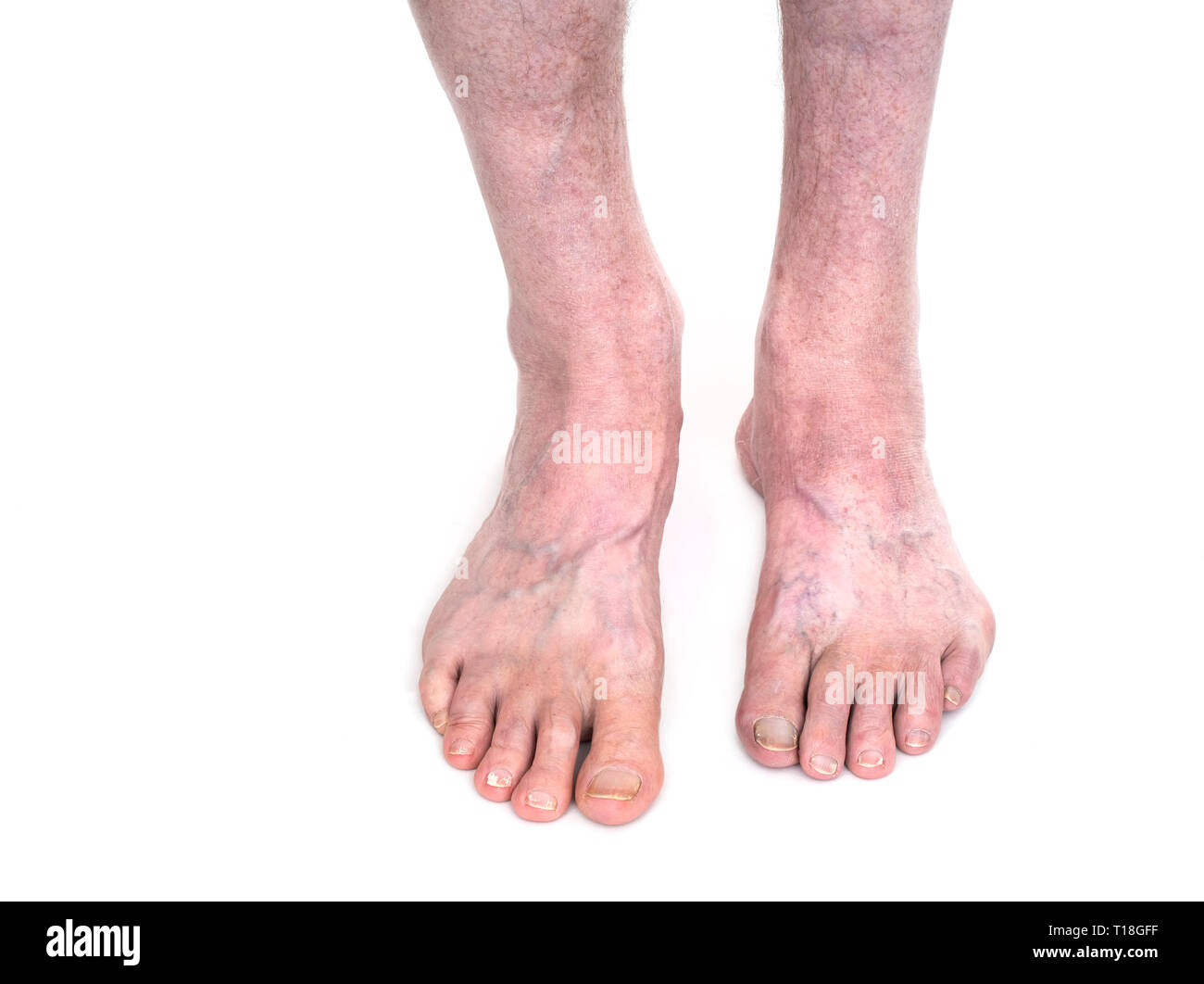



Clubfoot High Resolution Stock Photography And Images Alamy
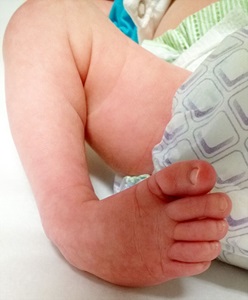



Clubfoot Johns Hopkins Medicine
Club foot often affects the forelimbs in most cases, whereby the hoof has a deformed shape, making walking difficult or painful Vet bills can sneak up on you Plan ahead Get the pawfect insurance plan for your pup Compare plans Club Foot Average Cost From 568 quotes ranging from $2,000 $5,000 Average CostThe pictures below show on the left a normal foot, in the middle a model of the clubfoot, and on the right a dissection of an infant's clubfoot In the two clubfoot pictures it can be seen that the navicular moves medially and starts to dislocate off the talus The calcaneum also rotates medially under the talus as part of the adductus deformityThe foot points downward, and the toes may be curled inward The foot appears to be sideways or sometimes even upsidedown The foot may be smaller than a normal foot by up to a halfinch



Before Going To Doctor Which Must Know About Clubfoot Rxharun



A Pair Of Shoes Can Change A Life Our Clubfoot Journey
"Untreated" clubfoot is defined as a clubfoot that has had no treatment before walking age which is usually about 1 year Once a child starts walking on an untreated clubfoot, the lack of treatment leads to the clubfoot being defined as "neglected" The neglected clubfoot presents with bony deformity as the bones ossify according to how the child has been weightbearing on them Club feet are surprisingly common, with up to 60% of the domestic horse population exhibiting at least minor characteristics Several theories address the potential causes, ranging from a genetic predisposition, to hoof or body injury, to improper trimming and/or shoeing Illustration of a baby with a club foot Club foot or club feet is a congenital deformity which one or both feet appear to be rotated internally at the ankle It is common birth defect 1 baby in 30 is born with one or more major birth defects Most are c Illustration of a baby with a club foot
:max_bytes(150000):strip_icc()/clubfoot_after-56a6fb603df78cf7729142e6.jpg)



Photos Of Babies With A Clubfoot




The Newborn Foot American Family Physician
In patients with spina bifida, clubfoot is the most common foot deformity and has been reported to occur in 30–50% of patients 3, 10–12Many factors may contribute to the development of clubfoot in patients with spina bifida, including spasticity, intrauterine positioning, contractures, and muscle imbalance It can be mild or severe and occur in one or both feet In babies who have clubfoot, the tendons that connect their leg muscles to their heel are too short These tight tendons cause the foot to twist out of shape Clubfoot is one of the most common congenital birth defects It occurs in about 1 in every 1,000 babies born in the US and My farrier says a mild club foot is very common in Arabians My mare has one hoof with a mild club foot, but it doesn't seem to bother her in any way The farrier says that as long as her hooves get trimmed every couple of months that she should be good to ride until she dies at least as far as her feet are concerned




Clubfoot Boston Children S Hospital




Talipes Club Foot Doctors Australia
864 clubfoot stock photos, vectors, and illustrations are available royaltyfree See clubfoot stock video clips of 9 club foot osteoarthritis infographics children feet deformation deformation of the foot child feet injury defirmities of the feet osteoarthritis foot medical foot valgus deformity young teen girl skirt Clubfoot, or talipes equinovarus, is a congenital deformity consisting of hindfoot equinus, hindfoot varus, and forefoot varusThe deformity was described as early as the time of Hippocrates The term talipes is derived from a contraction of the Latin words for ankle, talus, and foot, pesThe term refers to the gait of severely affected patients, who walked on their anklesExpecting a baby who will be born with clubfoot?




To Parents Of Children Born With Clubfeet University Of Iowa Stead Family Children S Hospital




The Current State Of Treatment For Clubfoot In Europe Springerlink
Multiple images should be observed, preferentially with movement of the leg away from the wall of the uterus, to ensure that this is a fixed abnormality and not just a temporary positioning of a normal foot that mimics clubbing Mild deformities may be more difficult to diagnose, because the foot may be turned inward but not entirely parallel Casting for Club Foot Using the Ponseti method, the clubfoot is manipulated or stretched every five to seven days and the plaster casts are changedThis baby is on one of his last treatments for his clubfeet and will then wear a brace for a few years An alternative to serial casting is a specialized physical therapy treatment program, in which your child undergoes dailyClub foot, or talipes equinovarus, is the most common birth defect of the lower extremity, characterized by the foot turning both downward and inward The defect can range from mild to severe The purpose of club foot repair is to provide the child with a functional foot that looks as normal as possible and that is painless, plantigrade, and




Club Foot Symptoms And Treatment
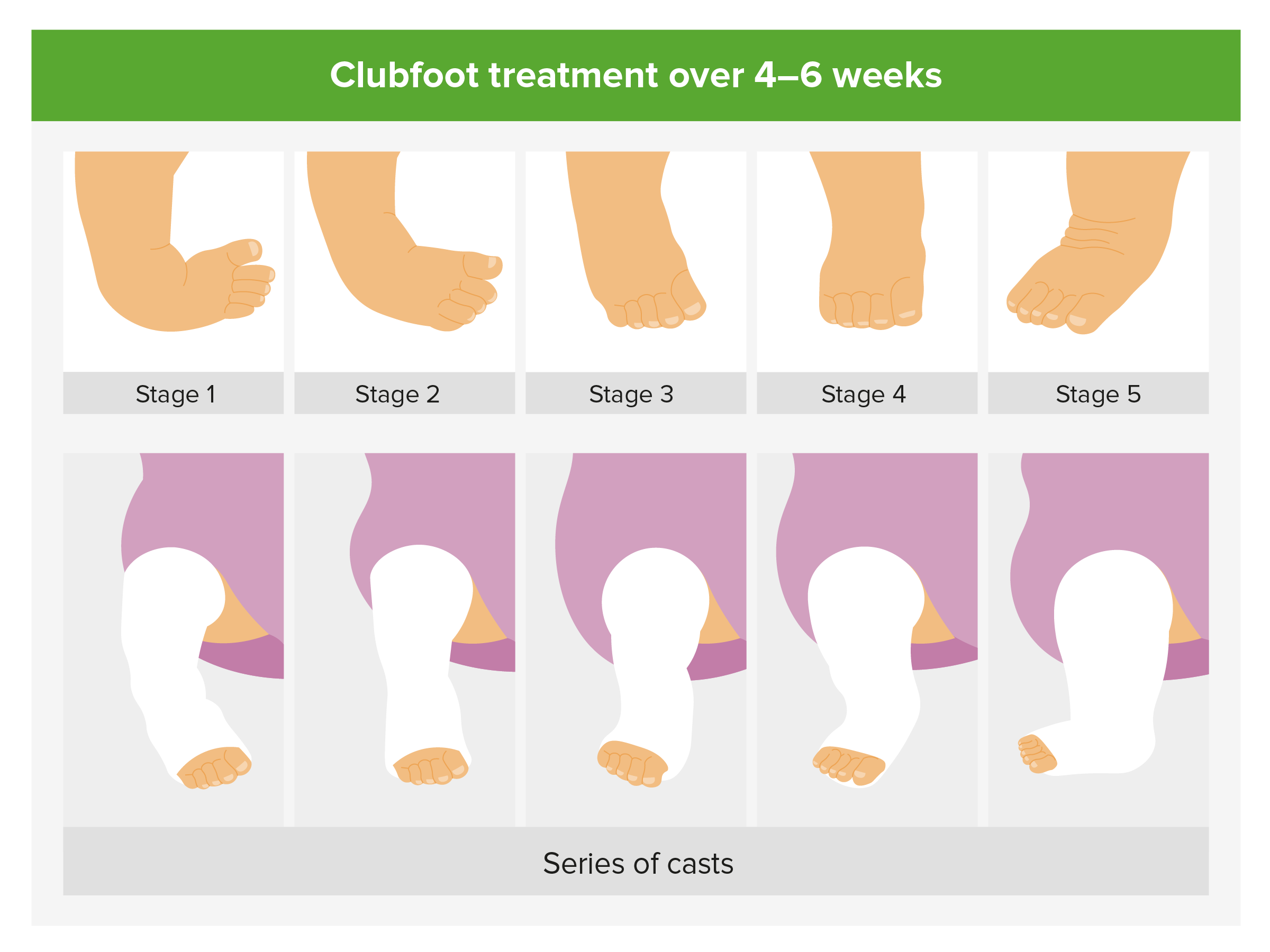



Foot Deformities Concise Medical Knowledge
Clubfoot, also known as talipes equinovarus, is a relatively common congenital malformation occurring in approximately births The term talipes equinovarus describes a deformity in which the newborn's foot is poorly developed in relationship to the leg The Achilles tendon and posterior ankle are contracted, and the foot is inverted andIn especially stiff club foot deformities, AFO may be considered after the casts come off (after post op week 12) all pts must be followed throughout their growth period to assess and ensure that the correction is maintainedAtlanta (TemplateIPAcen, TemplateIPAcen, locally TemplateIPAcen) is the capital and most populous city in the US state of Georgia According to the 10 census, Atlanta's population is 4,003 The Atlanta metropolitan area, with 5,268,860 people, is the third largest in the Southern United States and the ninth largest in the country The Atlanta Combined Statistical Area, a
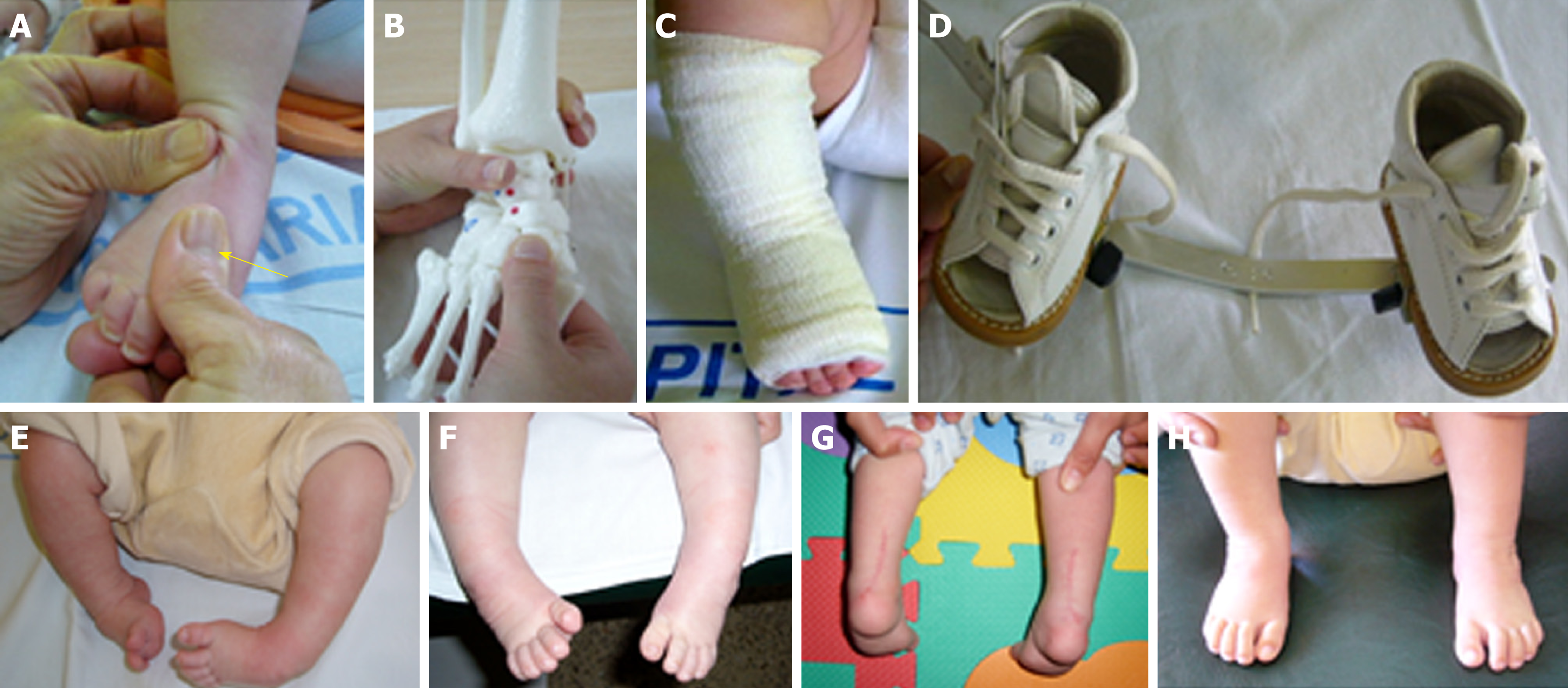



Functional Physiotherapy Method Results For The Treatment Of Idiopathic Clubfoot




What A Paediatrician Should Know About Congenital Clubfoot Italian Journal Of Pediatrics Full Text
Clubfoot can be repaired by casting or surgery Casting Sometimes nonsurgical treatments, such as casting, can correct clubfoot Casting is a method for correcting clubfootClubfoot Clubfoot is a deformity in which an infant's foot is turned inward, often so severely that the bottom of the foot faces sideways or even upward Approximately one infant in every 1,000 live births will have clubfoot, making it one of the more common congenital (present at birth) footClub foot refers to a limb flaw, where the hoof is very upright with a long heel This is the most common tendon flaw in foals The deep digital flexor tendon (DDFT) is much shorter than the bones Thus, it pulls on and rotates the coffin bone downward in the hoof In general, club foot most commonly occurs in the front legs




Clubfoot Symptoms Causes Risk Factors Treatment
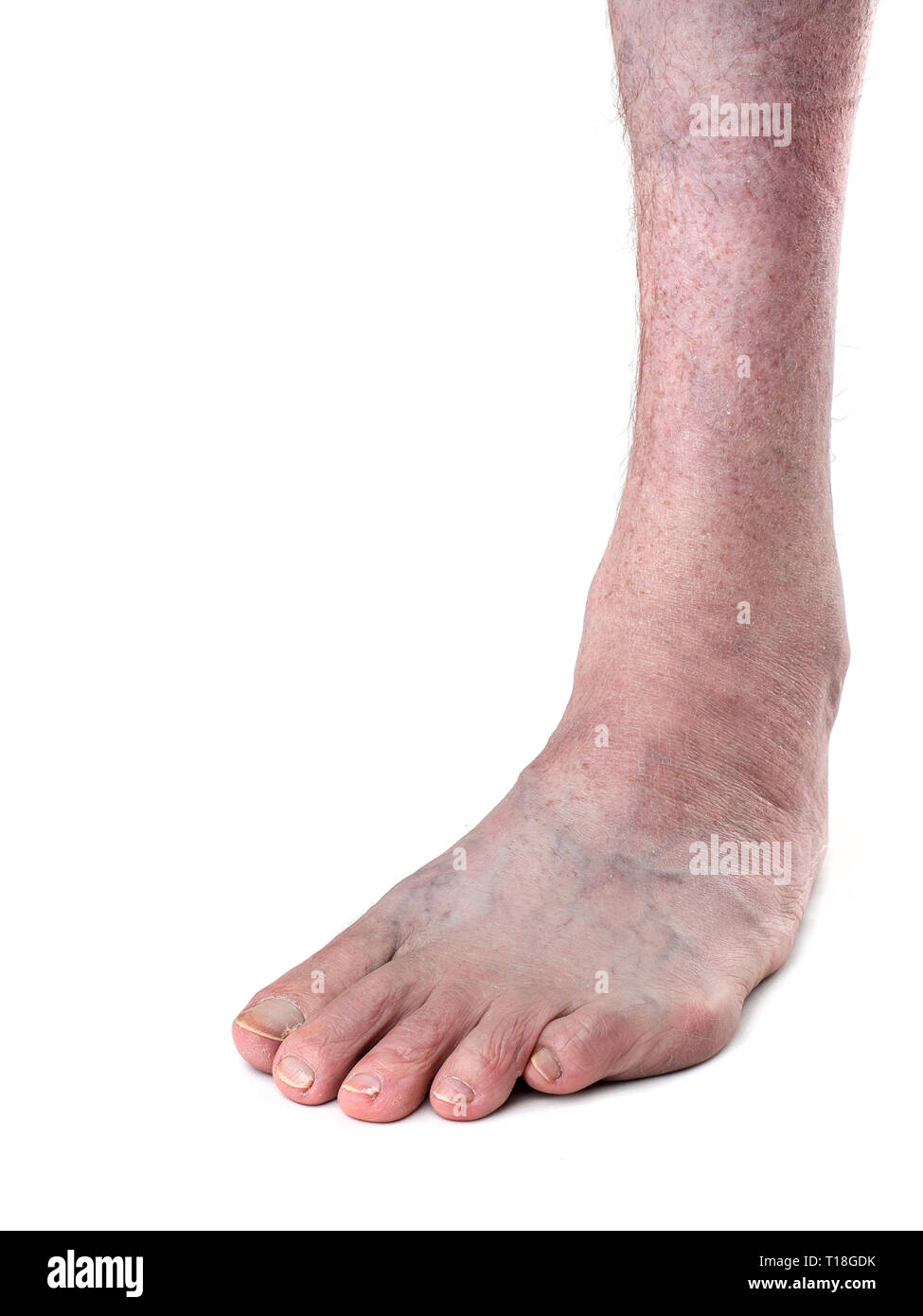



Talipes High Resolution Stock Photography And Images Alamy
Club foot also known to doctors as congenital talipes equinovarus, is a common birth defect (congenital clubfoot) that can affect one or both feet The child is born with a foot pointing the wrong way – turned down and in – that cannot be placed flat on the ground in the position needed for walking (Figure 1)Clubfoot or talipes is a congenital deformity of the foot that occurs in approximately births with half of them being bilateral (both feet) and it is twice as common in boys as in girls The foot has a typical appearance of pointing downwards and twisted inwards Since the condition starts in the first trimester of pregnancy, the Gentle stretching and recasting will be done every week to improve the position of the foot Generally, five to 10 casts are needed The final cast will stay in place for 3 weeks After the foot is in the correct position, the child will wear a special brace nearly full time for 3 months




Clubfoot And Other Foot Defects Children S Health Issues Merck Manuals Consumer Version




How To Do Clubfoot Stretches Nemours Kidshealth Youtube
A club foot, also known as congenital talipes equinovarus is a common, mild to severe hereditary abnormality which involves one or both feet occurring in approximately 1 in every 1,000 live births It occurs a lot in male population than in female population by a ratio of 21 In this condition, the involved foot turns inward and downwardClub foot (also called talipes) is where a baby is born with a foot or feet that turn in and under Early treatment should correct it In club foot, 1 foot or both feet point down and inwards with the sole of the foot facing backwards Credit Club foot happens because the Achilles tendon (the large tendon at the back of the ankle) is too short
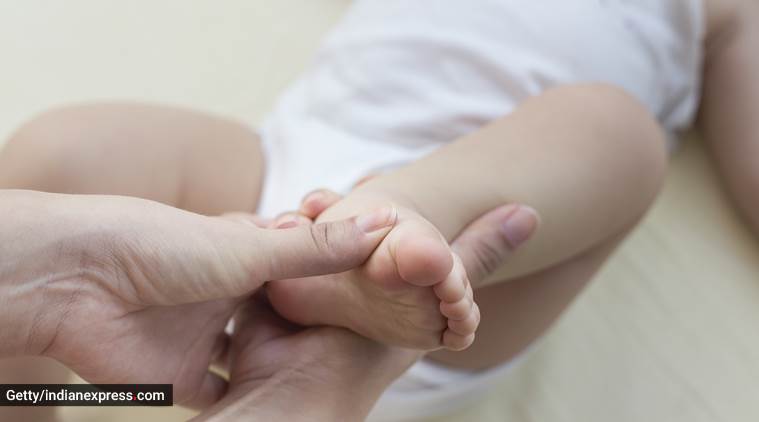



On World Clubfoot Day An Expert Answers All Your Questions About The Birth Deformity Parenting News The Indian Express




Clubfoot Causes Symptoms And Diagnosis



Clubfoot Symptoms Stages Definition Description Demographics Causes And Symptoms Diagnosis




Brian S Clubfoot Story The Clubfoot Club




Common Childhood Foot Deformities Consultant360




Clubfoot Healthing Ca




To Parents Of Children Born With Clubfeet University Of Iowa Stead Family Children S Hospital
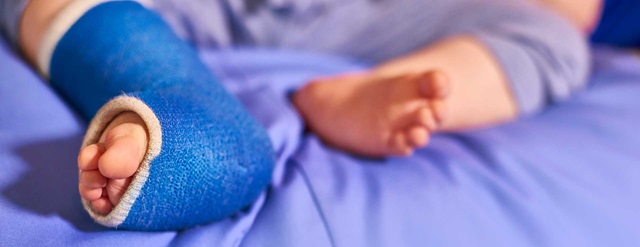



Clubfoot Johns Hopkins Medicine




What Causes Club Feet American Farriers Journal
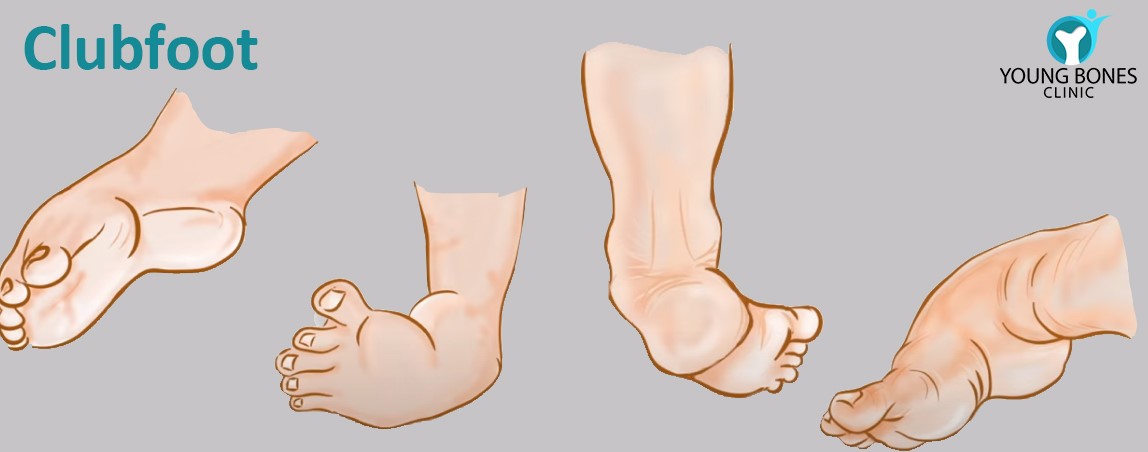



Clubfoot Treatment In Gurgaon Delhi Young Bones Clinic



Clubfoot Orthoinfo os
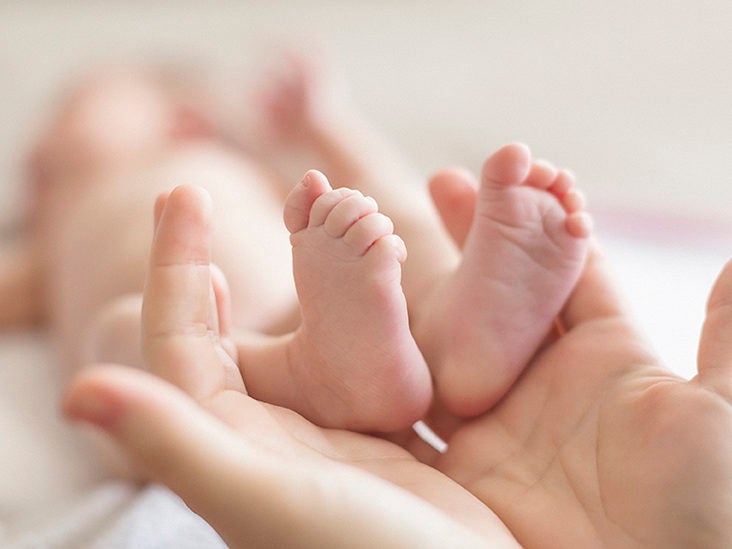



Clubfoot Repair Treatments Procedure Outlook




Figure 5 From Correction Of Clubfoot Deformity Associated With Weber Type I Tibial Hemimelia Using The Ponseti Method Semantic Scholar




Talipes Babycentre Uk
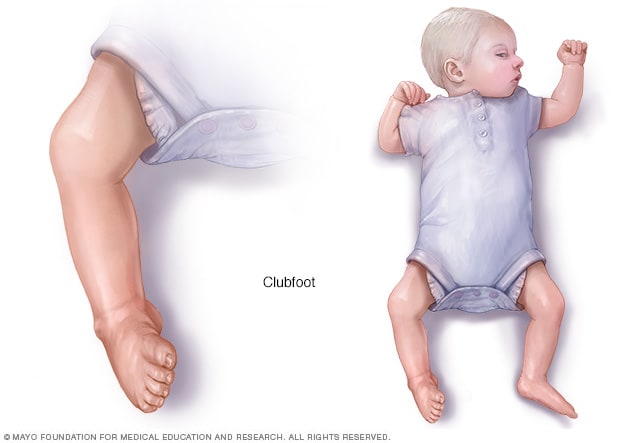



Clubfoot Symptoms And Causes Mayo Clinic
/clubfoot_baby-56a6fb5d5f9b58b7d0e5d472.jpg)



Photos Of Babies With A Clubfoot




To Parents Of Children Born With Clubfeet University Of Iowa Stead Family Children S Hospital




2 Clubfoot Stock Photos Pictures Royalty Free Images Istock




Louis With Clubfoot Walking Talipes Together Youtube
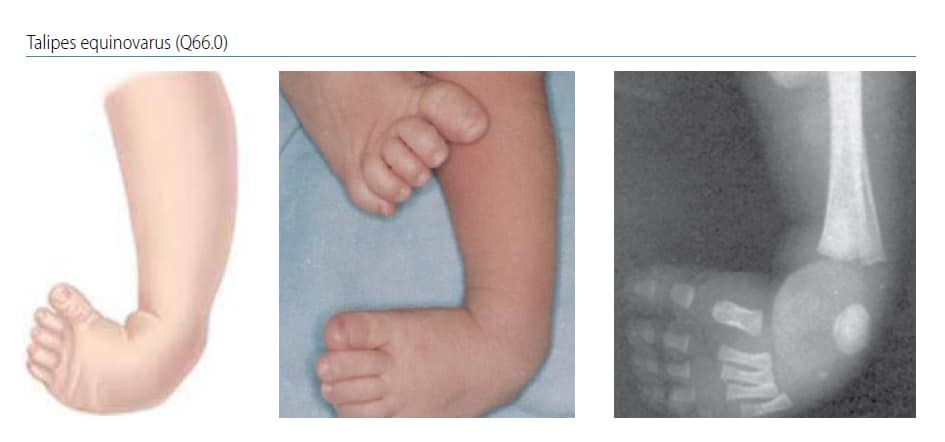



Chapter 4 9 Talipes Equinovarus Talipes Equinovarus Q66 0 Cdc
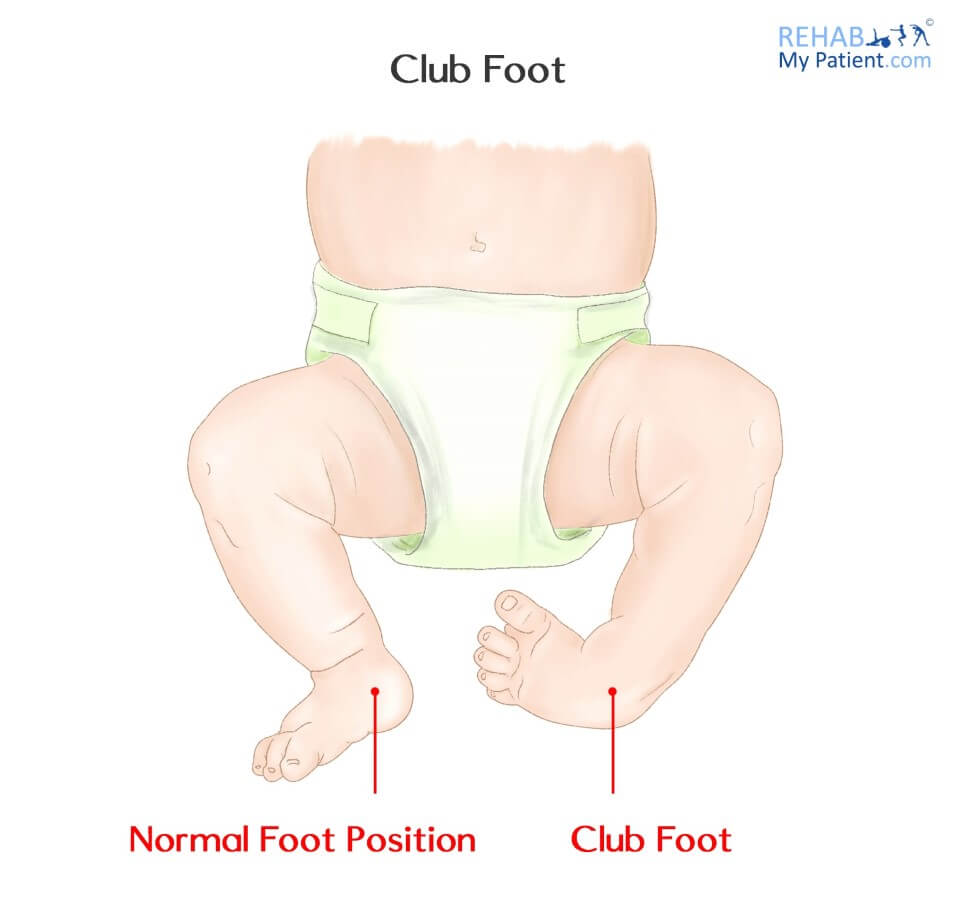



Club Foot Rehab My Patient
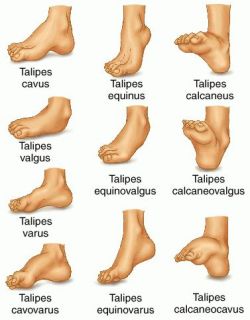



Do You Suffer With A Club Foot Put Your Feet In Our Hands




Club Foot Congenital Talipes Equinovarus About Club Foot Patient
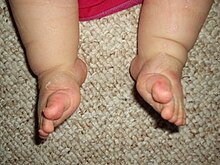



Clubfoot Wikipedia




Jaypeedigital Ebook Reader




Bilateral Postural Clubfeet In Newborn Download Scientific Diagram
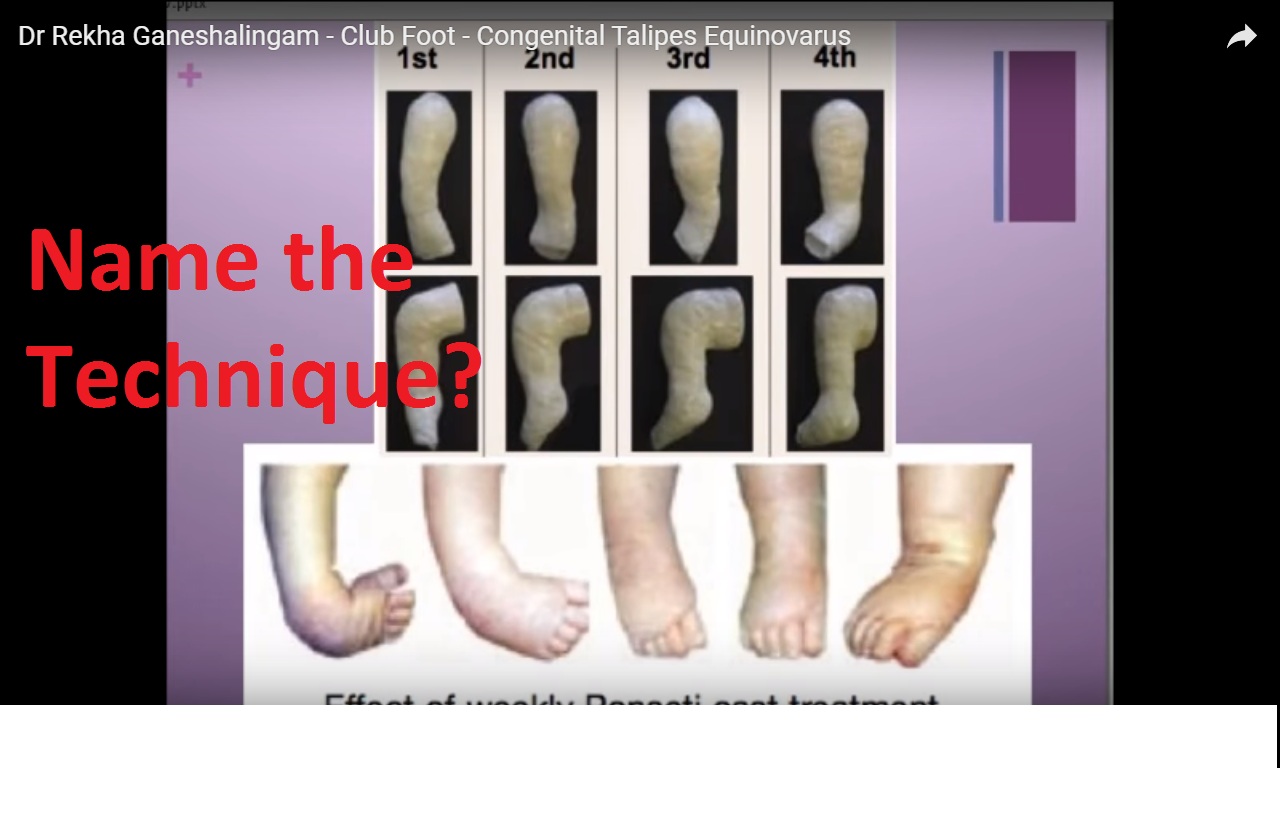



Basics Of Clubfoot Orthopaedicprinciples Com




Clubfoot Congenital Talipes Equinovarus Pediatrics Orthobullets



Clubfoot Orthoinfo os
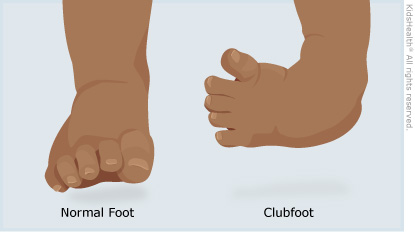



Clubfoot For Parents Nemours Kidshealth
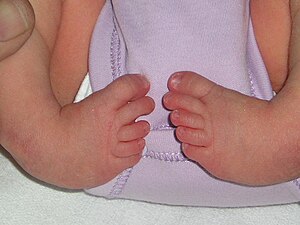



Clubfoot Wikipedia




A 24 Year Old Male With Right Clubfoot Who Had Soft Tissue Release At Download Scientific Diagram




Clubfoot Children S Orthopaedic And Scoliosis Surgery Associates Llp




Club Foot Nhs
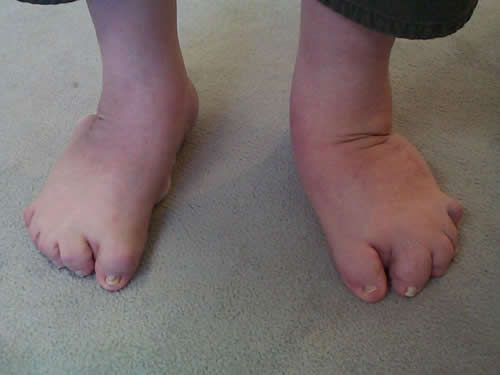



Clubfeet Causes And Treatment Options Myfootshop Com




Update On Club Foot Paediatrics And Child Health



Clubfoot Orthoinfo os



Clubfoot Orthoinfo os




Challenging Clubfeet The Arthrogrypotic Clubfoot And The Complex Clubfoot Journal Of Children S Orthopaedics




Challenging Clubfeet The Arthrogrypotic Clubfoot And The Complex Clubfoot Journal Of Children S Orthopaedics




Common Childhood Foot Deformities Consultant360




Long Term Comparative Results In Patients With Congenital Clubfoot Treated With Two Different Protocols Semantic Scholar



1
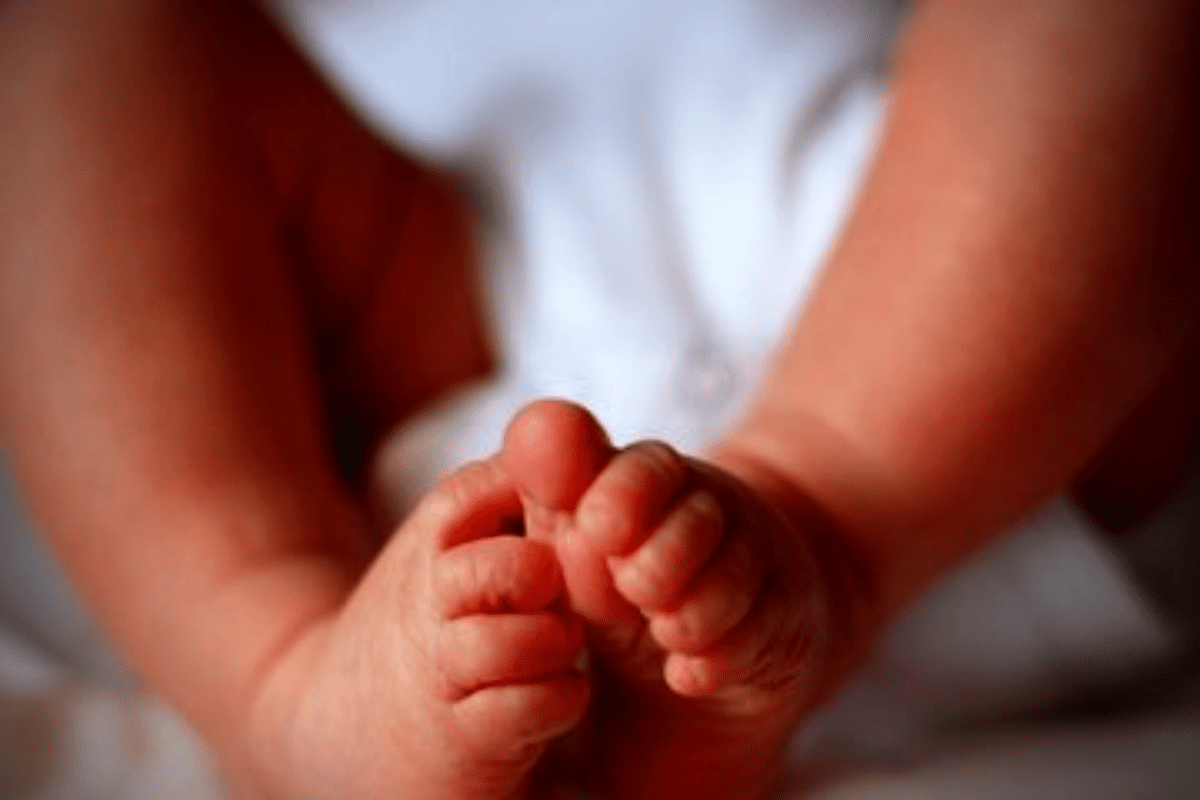



Clubfoot Correction In Children Can It Be Easily Corrected




Club Feet Beauchamp Foot Care Beauchamp Foot Care




Positional Clubfoot




Pediatric Foot Deformities An Overview
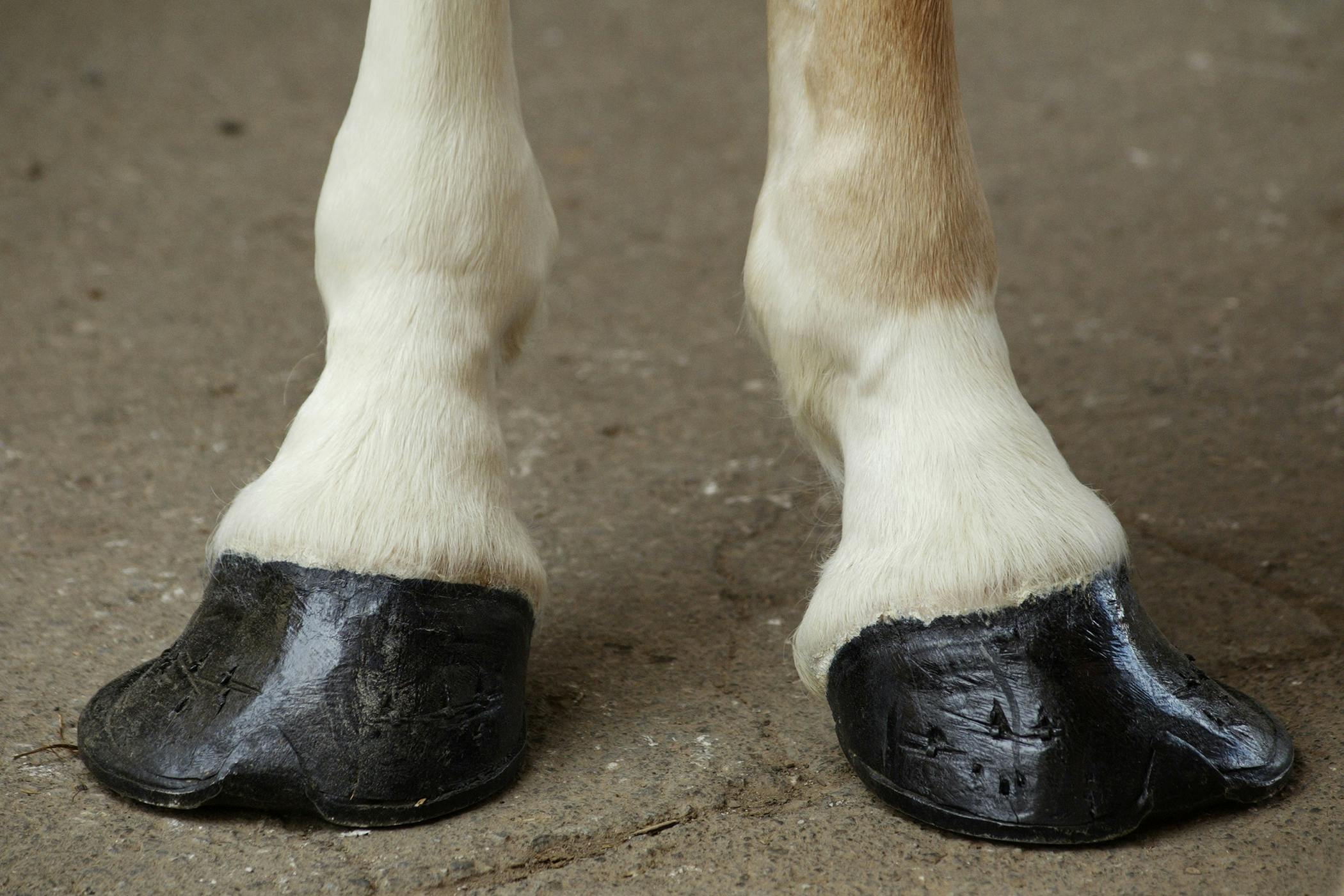



Club Foot In Horses Symptoms Causes Diagnosis Treatment Recovery Management Cost
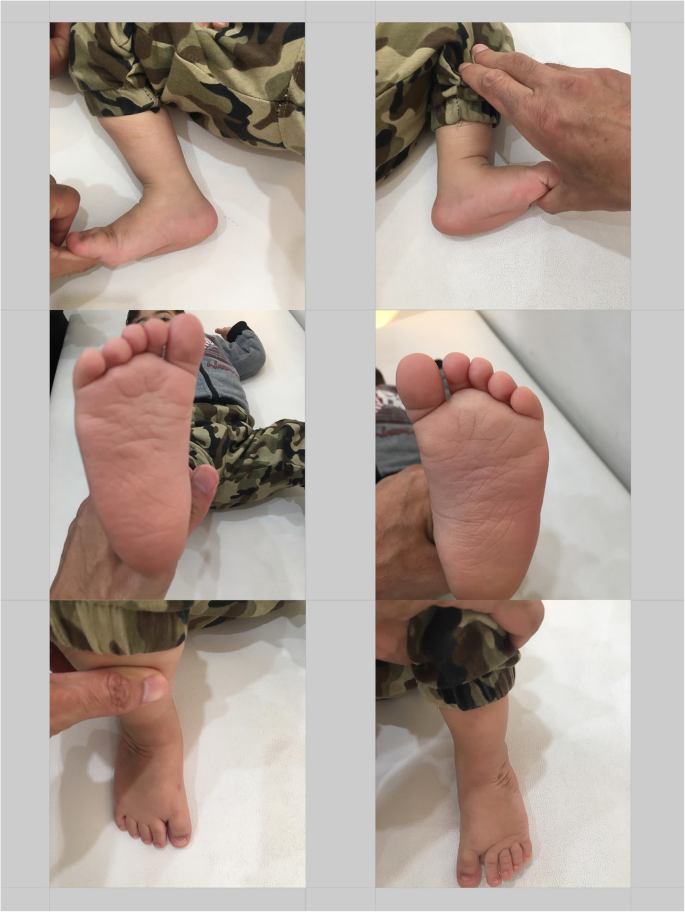



Can Clubfoot Scoring Systems Predict The Number Of Casts And Future Recurrences In Patients Undergoing Ponseti Method Journal Of Orthopaedic Surgery And Research Full Text




2 Clubfoot Stock Photos Pictures Royalty Free Images Istock




The Adult Sequelae Of Treated Congenital Clubfoot Foot And Ankle Clinics




The Club Foot Is It No Big Deal Or A Deal Breaker
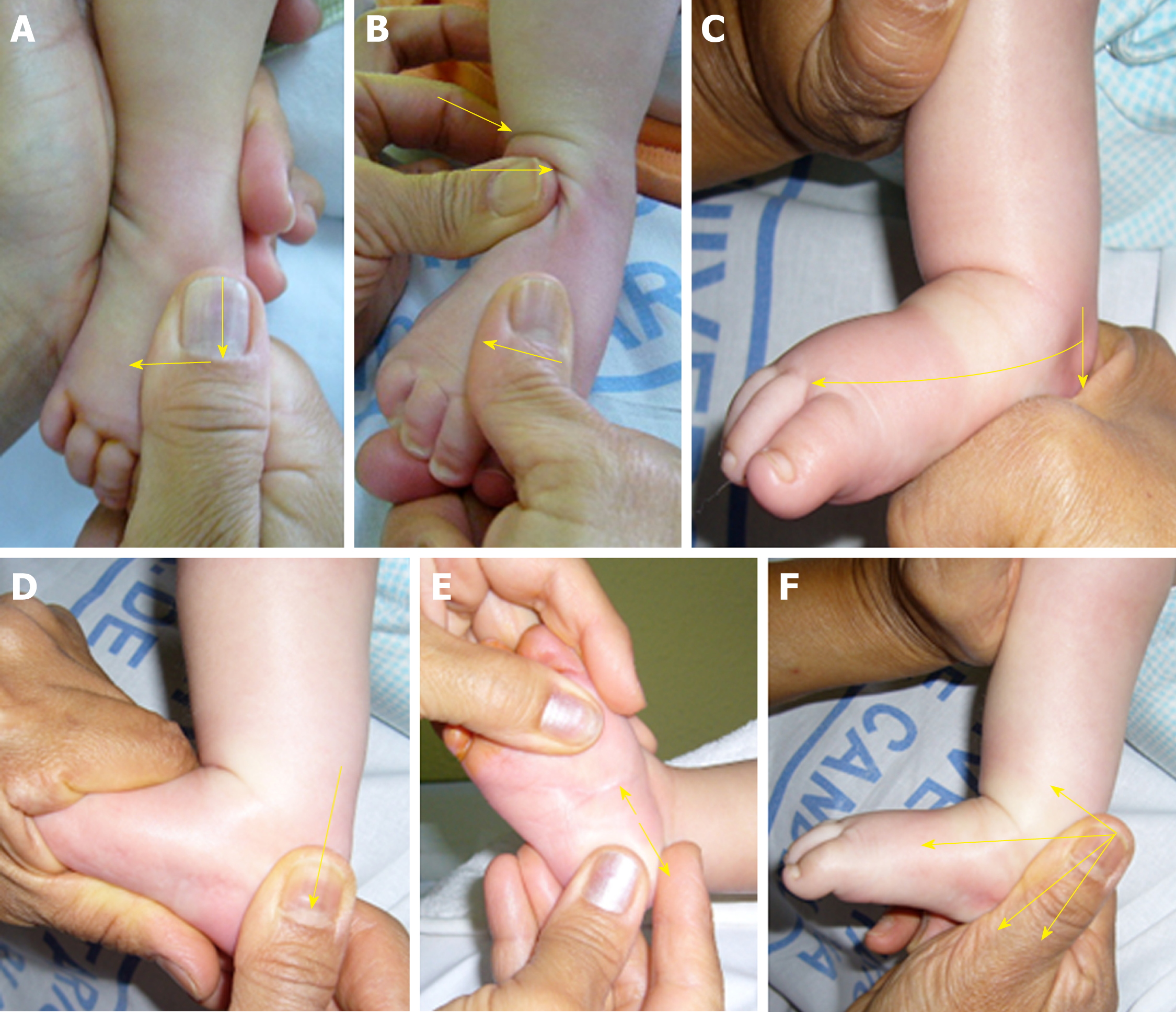



Functional Physiotherapy Method Results For The Treatment Of Idiopathic Clubfoot
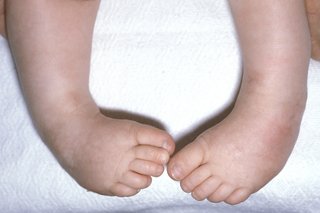



Club Foot Nhs
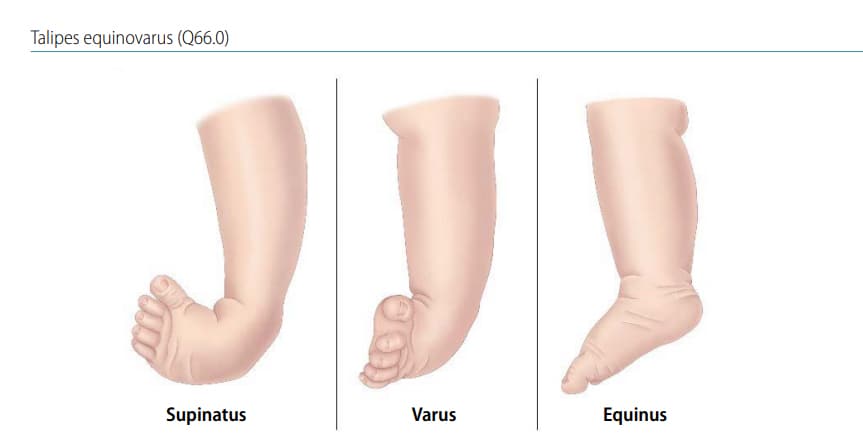



Chapter 4 9 Talipes Equinovarus Talipes Equinovarus Q66 0 Cdc



A Pair Of Shoes Can Change A Life Our Clubfoot Journey




Positional Clubfoot



2




Clubfoot Children S Orthopaedic And Scoliosis Surgery Associates Llp




Club Feet Summary Symptoms Read More Summary Clubfoot Also Known As Talipes Equinovarus Is A Relatively Common Congenital Malformation Occurring In Approximately 1 1000 Births The Term Talipes Equinovarus Describes A Deformity In Which The
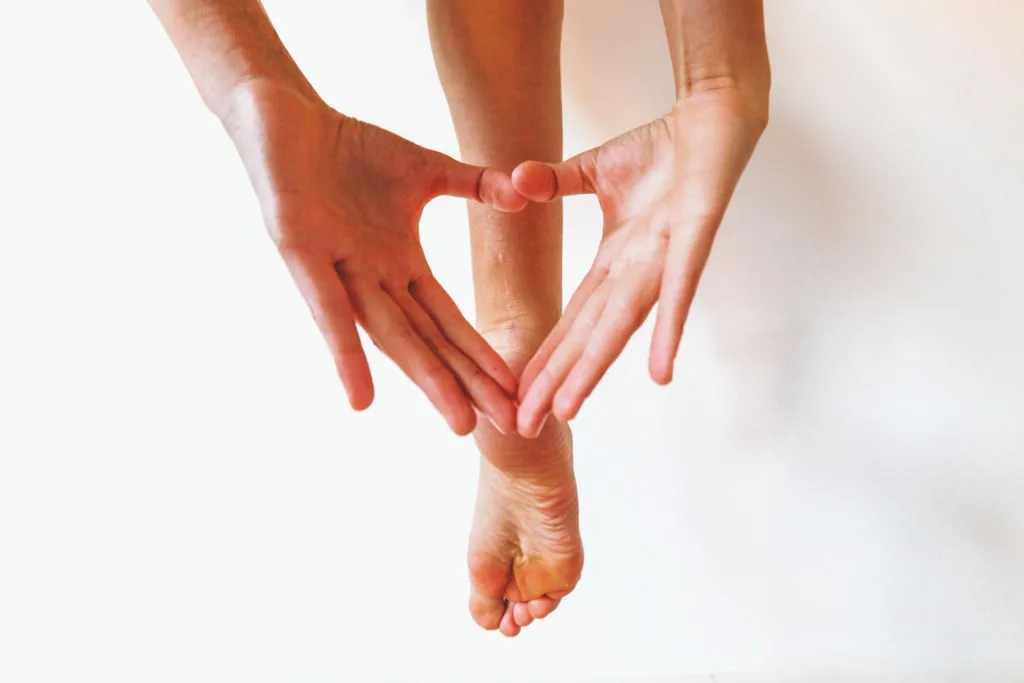



Living With Clubfoot What Shoes I Wear As An Adult
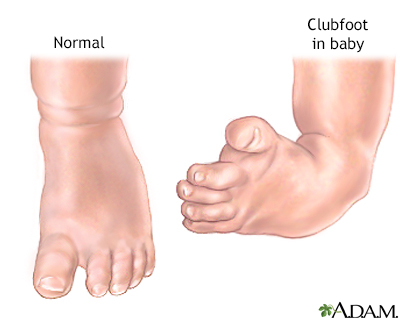



Clubfoot Information Mount Sinai New York



1




Clubfoot Www Lowerextremity Com



1



Club Foot In Infants Reasons Signs Remedies




Managing The Club Foot The Horse
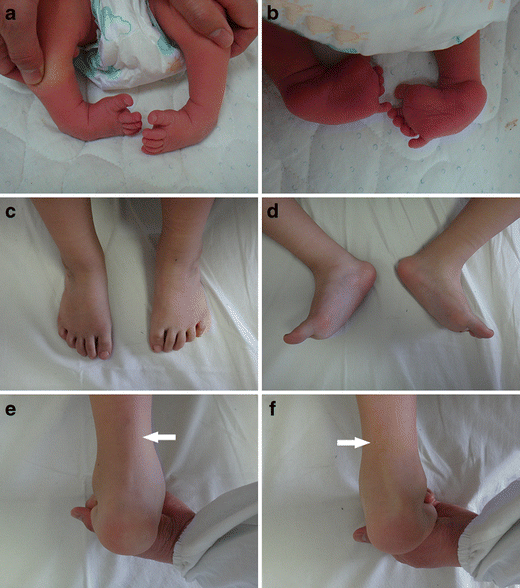



Congenital Clubfoot Early Recognition And Conservative Management For Preventing Late Disabilities Springerlink




Clubfoot
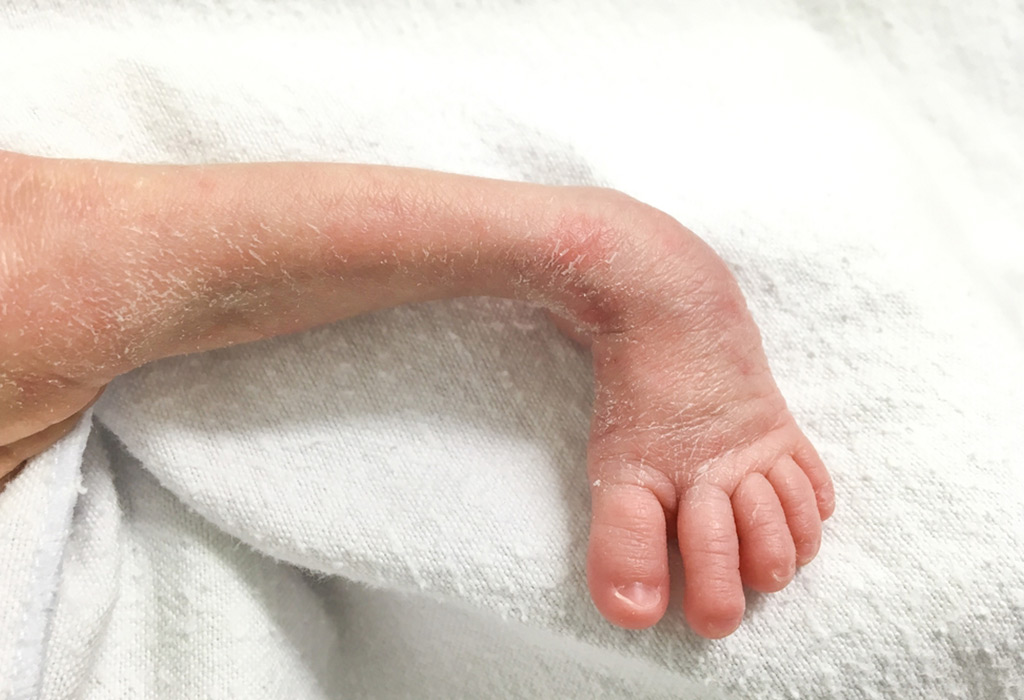



Club Foot In Infants Reasons Signs Remedies
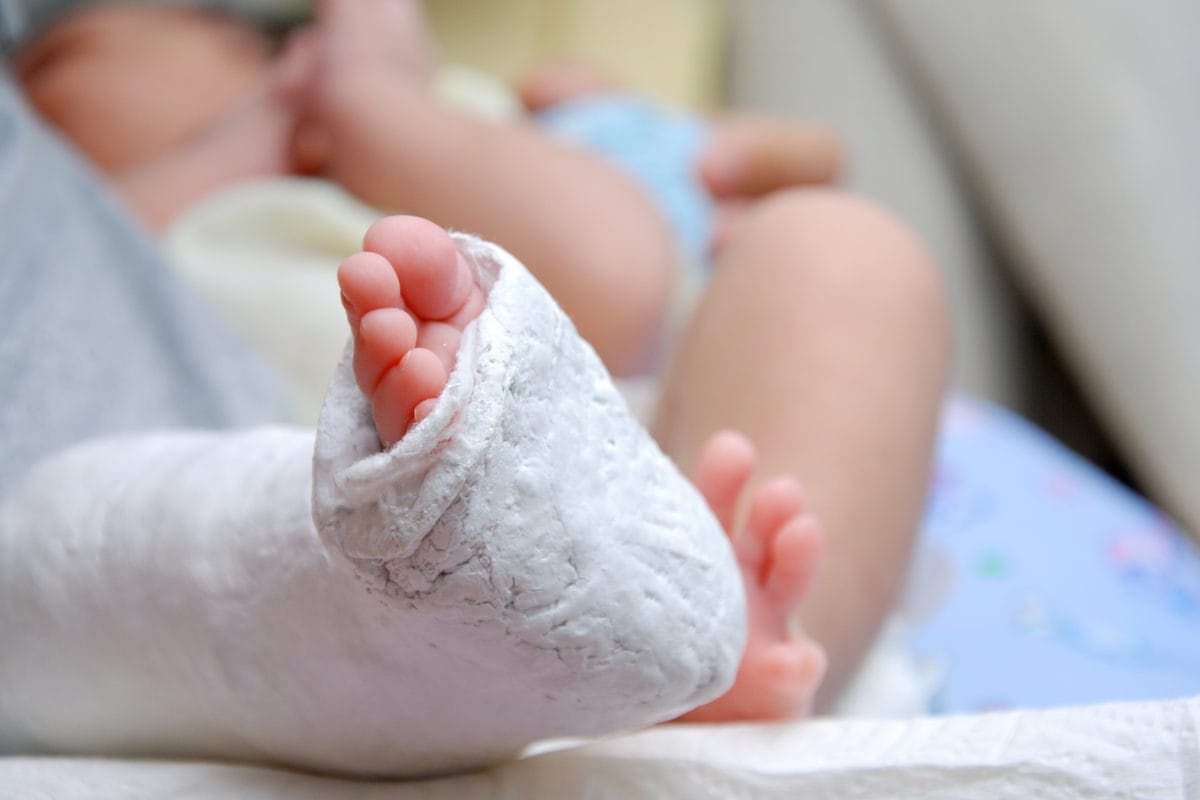



What Is Clubfoot Symptoms And Treatment Familydoctor Org




Treatment Of Relapsed Residual And Neglected Clubfoot Adjunctive Surgery Journal Of Children S Orthopaedics




Bonus For The Athlete With Clubfoot Vaughn Weightlifting




Clubfoot Www Lowerextremity Com




Club Foot Talipes In Babies Causes Signs Treatment Youtube
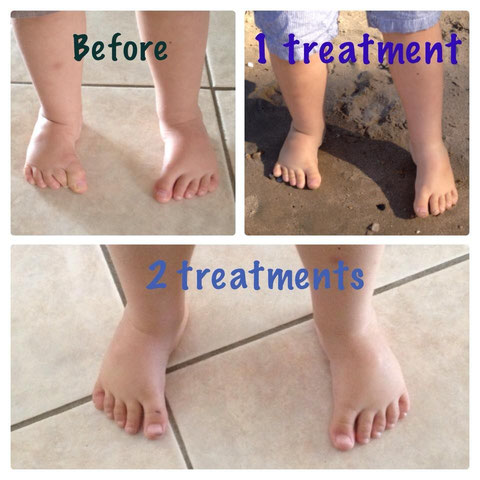



Emmett Reducing The Symptoms Of Clubfoot Emmett Therapies
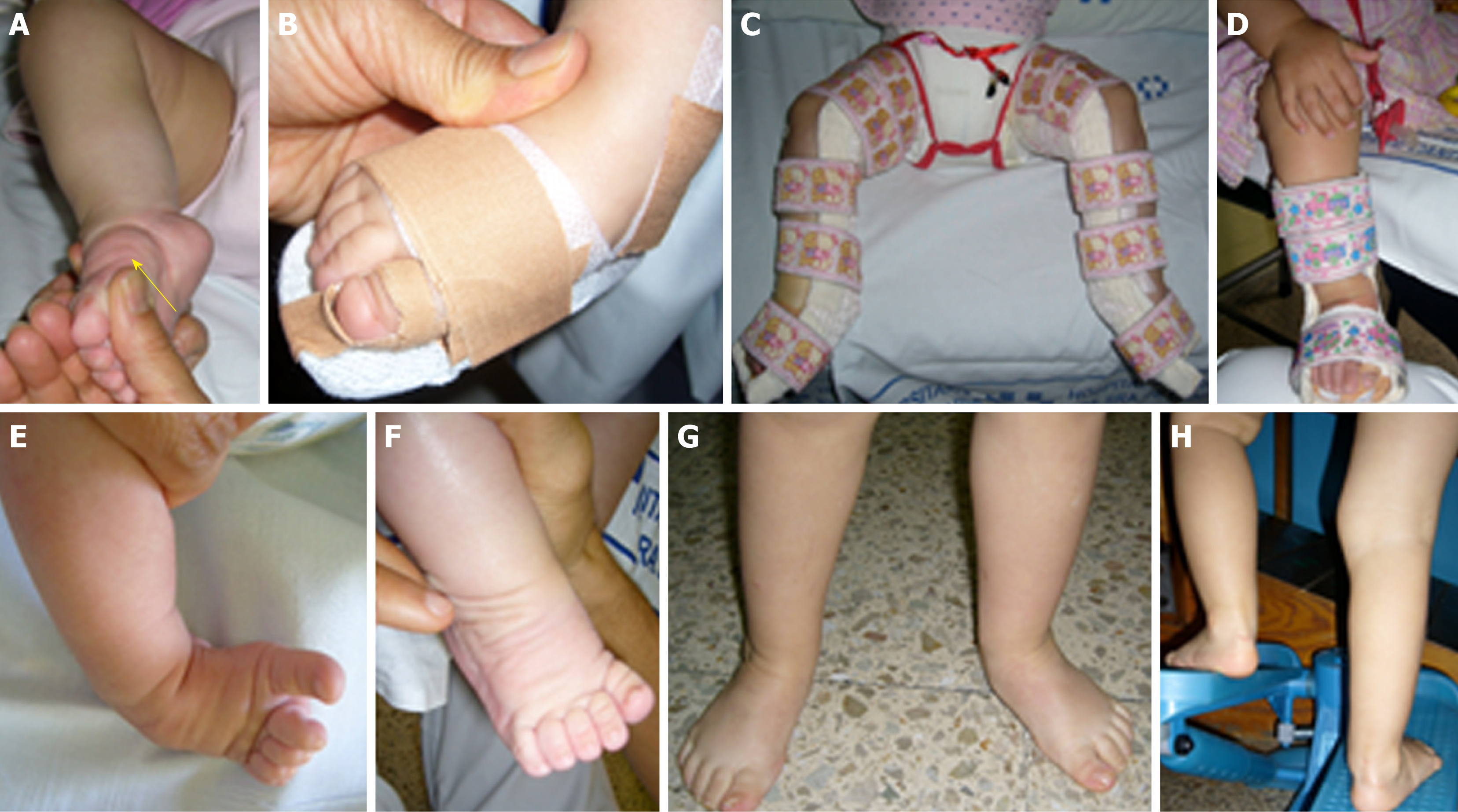



Functional Physiotherapy Method Results For The Treatment Of Idiopathic Clubfoot



1



Clubfoot
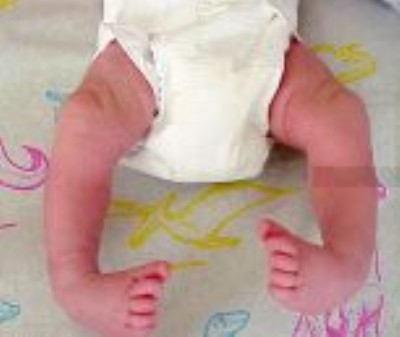



Club Feet Beauchamp Foot Care Beauchamp Foot Care




Introduction To Clubfoot Physiopedia




Jaypeedigital Ebook Reader




Challenging Clubfeet The Arthrogrypotic Clubfoot And The Complex Clubfoot Journal Of Children S Orthopaedics




Orthokids Clubfoot



0 件のコメント:
コメントを投稿